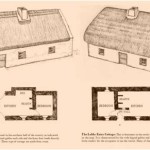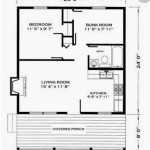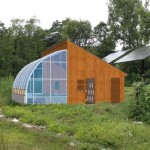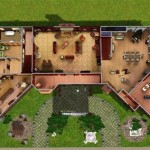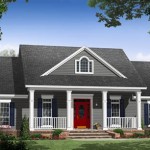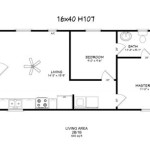Essential Aspects of House Plan Layout Drawing
The layout of a house plan is crucial as it determines the functionality, aesthetics, and overall livability of the home. Creating a well-conceived house plan layout drawing requires careful planning and attention to various essential aspects.
1. Space Allocation: Determining the appropriate amount of space for each room and area is paramount. Consider the number of occupants, their needs, and the intended use of the spaces.
2. Traffic Flow: Plan a layout that allows for smooth and efficient movement throughout the house. Avoid dead-end spaces and ensure that rooms are properly connected to one another.
3. Natural Light and Ventilation: Maximize natural light by strategically placing windows and skylights. Ensure proper ventilation by incorporating sufficient openings and cross-ventilation to maintain a healthy indoor environment.
4. Functional Zoning: Divide the house into functional zones, such as public spaces (living room, dining room), private spaces (bedrooms, bathrooms), and service spaces (kitchen, laundry room). This organization enhances privacy and efficiency.
5. Room Proportions and Shapes: Pay attention to the proportions and shapes of rooms. Avoid overly elongated or oddly shaped rooms that can hinder furniture placement and functionality.
6. Adjacency and Relationship between Rooms: Consider the logical adjacencies and relationships between rooms. For example, place the kitchen adjacent to the dining room and the master bedroom near the master bathroom.
7. Architectural Style and Design: The layout should reflect the architectural style and design of the home. For instance, a traditional-style house may have a more formal, symmetrical layout, while a modern house may feature open floor plans and flexible spaces.
8. Code Requirements and Regulations: Adhere to all applicable building codes and regulations regarding minimum room sizes, window openings, and accessibility. Failure to comply can result in costly modifications or delays.
9. Site Orientation and Climate: Consider the site orientation and climate when planning the layout. Position the house to take advantage of natural light and prevailing breezes, reducing energy consumption and enhancing comfort.
10. Future Expansion and Modifications: Anticipate future expansion or modifications by providing flexibility in the layout. Leave room for additions, reconfigurations, or the inclusion of additional features as the occupants' needs change.

Floor Plans Types Symbols Examples

Floor Plan Creator And Designer Free Easy App

Small House Design 2024005 Pinoy Eplans Modern Plans Floor

Small House Plans Popular Designs Layouts

House Plan Drawing Everything You Need To Know

Small House Design Shd 2024007 Pinoy Eplans One Y Bungalow Plans Floor

House Plans Home Floor Architecturalhouseplans Com

House Plans How To Design Your Home Plan

House Plan Drawing Samples 2d Drawings

21 X 29 House Layout Plan Design Autocad File Cadbull

